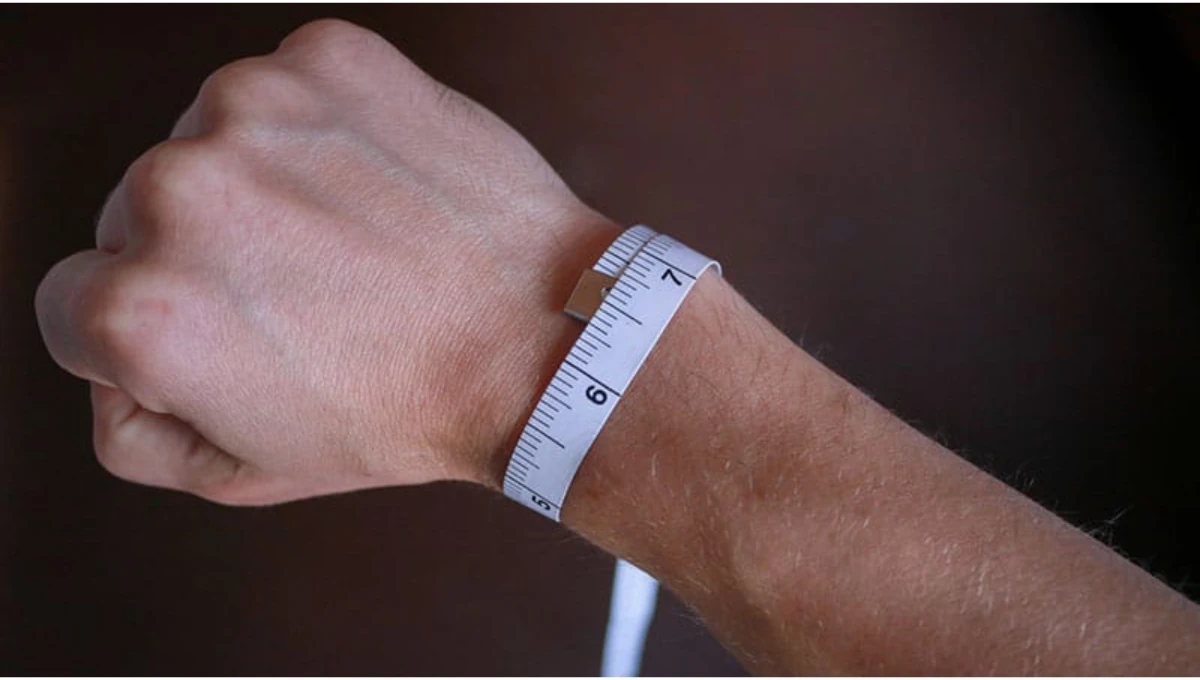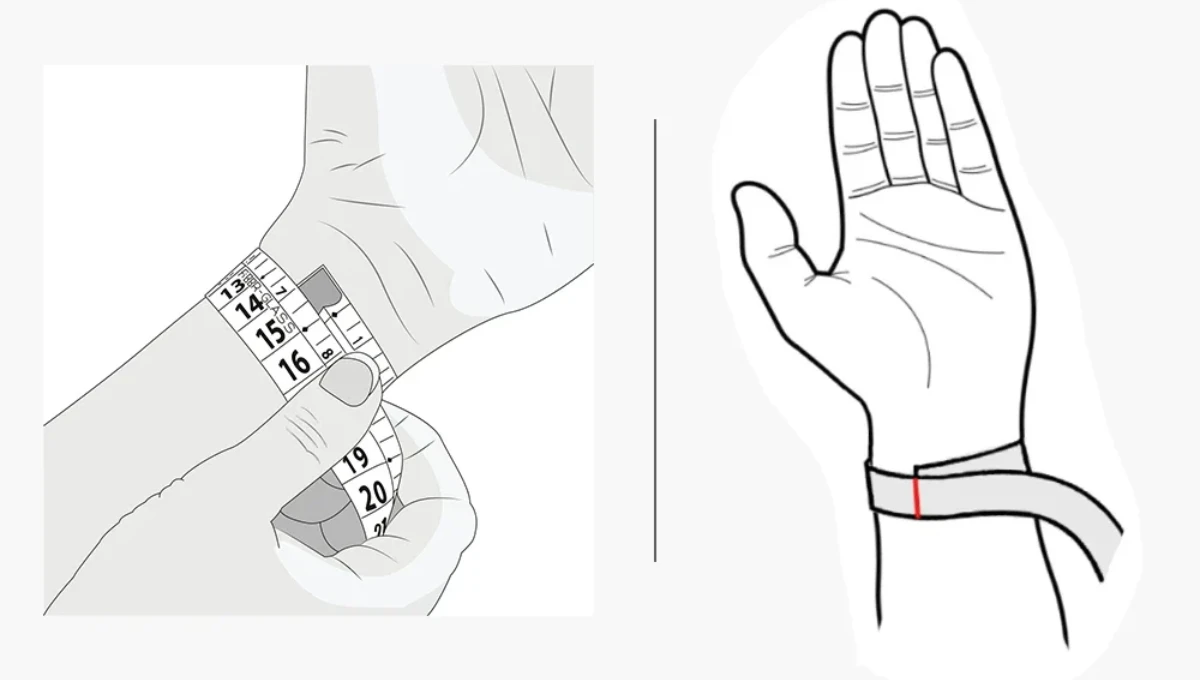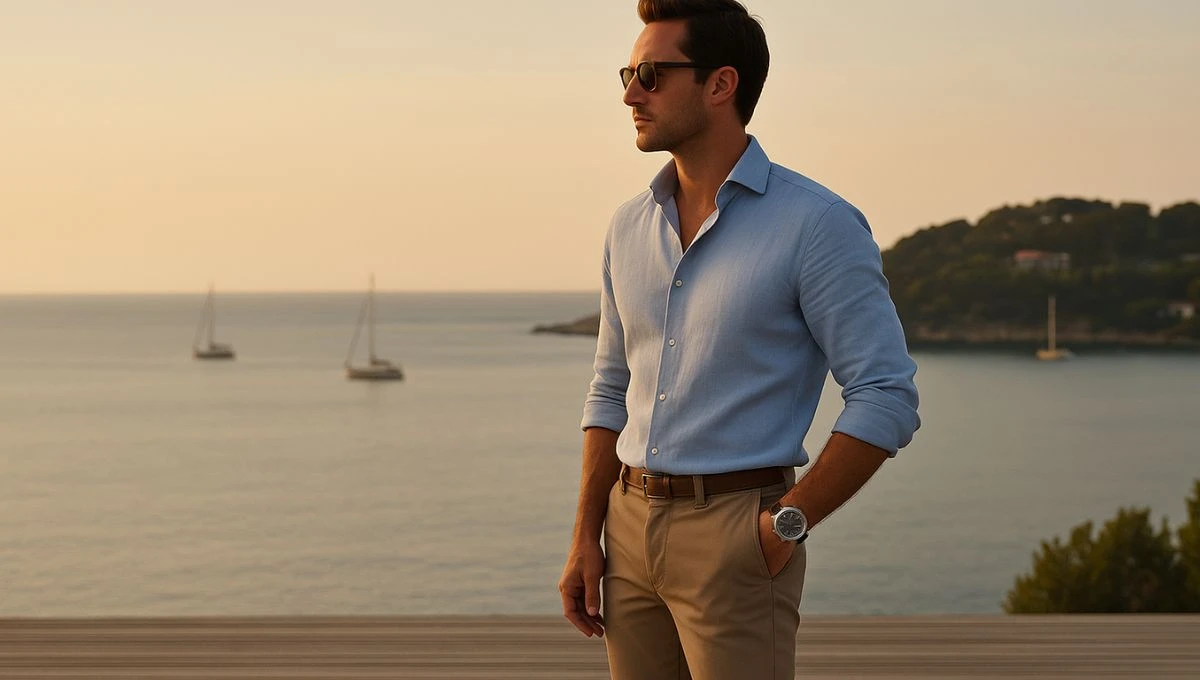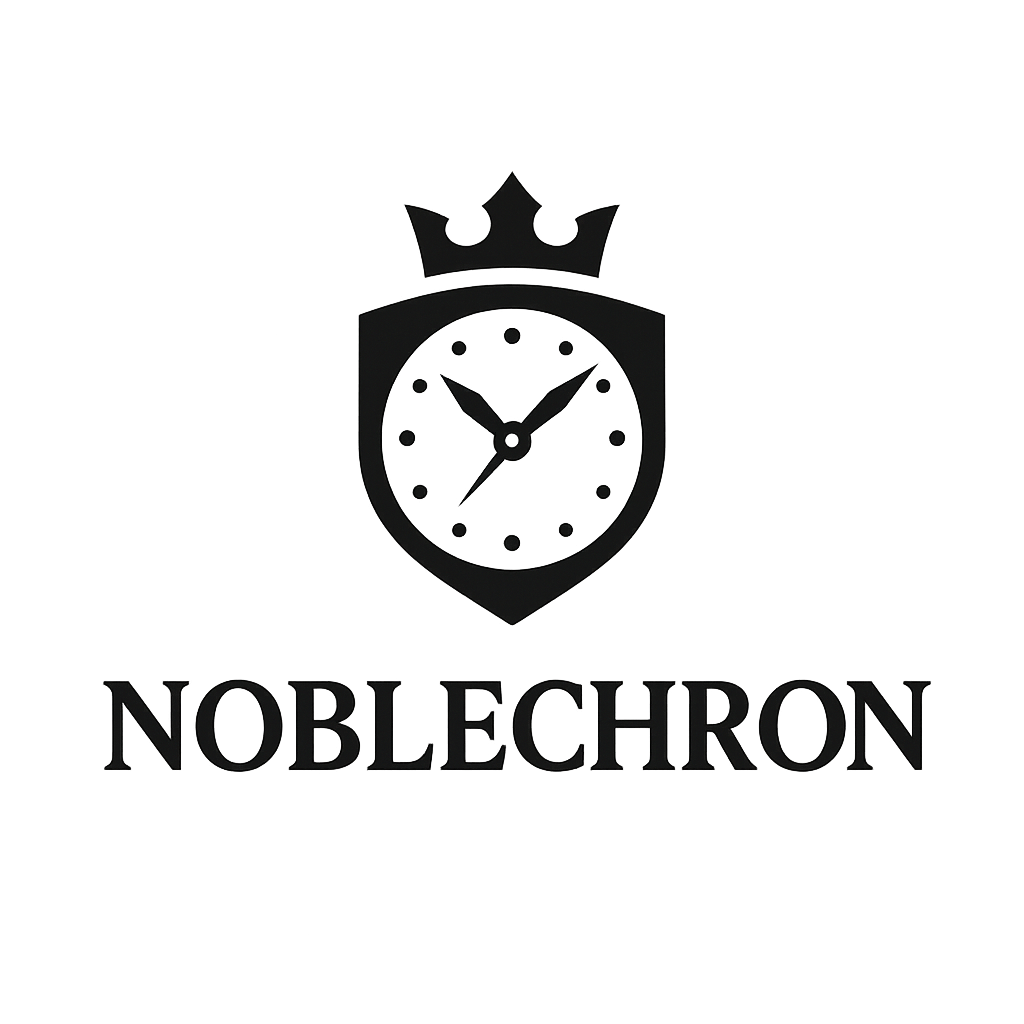Men's Fashion, Women's Fashion
The Perfect Fit: How to Choose the Right Watch Size and Proportions for Your Wrist
Selecting the appropriate watch size represents one of the most critical decisions in luxury timepiece ownership, directly impacting comfort, aesthetics, and long-term satisfaction. Understanding the relationship between wrist dimensions, case proportions, and personal style preferences enables confident choices that enhance rather than detract from your overall appearance and wearing experience.
Modern watch sizing involves multiple measurements beyond simple case diameter, including thickness, lug-to-lug length, and lug width that collectively determine how a timepiece sits on your wrist and integrates with your personal style. These dimensional relationships affect both visual proportion and wearing comfort during extended use.
The trend toward larger watch cases over recent decades has created confusion about appropriate sizing, with marketing often emphasizing size as a status symbol rather than focusing on proportional harmony and comfort. Understanding these industry influences enables informed decisions based on personal preferences rather than fashion trends that may not suit individual anatomy.
Understanding Wrist Anatomy and Measurements
Proper watch sizing begins with accurate wrist measurement using appropriate techniques that account for bone structure, tissue composition, and preferred wearing positions. Most individuals wear watches on their non-dominant wrist approximately one inch above the wrist bone, though personal preferences and professional requirements may dictate alternative positioning.
Wrist circumference measurement requires a flexible tape measure or string wrapped snugly around the wrist at the intended wearing position. This measurement, typically ranging from 6 inches to 8.5 inches for most adults, provides the foundation for determining appropriate case sizes and strap lengths for optimal comfort and security.

Wrist width and shape significantly impact watch proportion and wearing comfort, with wider, flatter wrists accommodating larger cases more successfully than narrow or highly curved anatomy. Bone prominence and tissue thickness also affect how different case shapes and thicknesses integrate with individual wrist characteristics.
Professional fitting services offered by luxury watch retailers provide expert assessment of wrist characteristics and size recommendations based on extensive experience with various brands and models. These consultations prove particularly valuable for first-time luxury watch buyers or those considering significant size departures from current collections.
Case Diameter Considerations and Guidelines
Case diameter represents the most commonly discussed sizing measurement, though its relationship to overall wearing experience depends heavily on other proportional factors. Traditional guidelines suggest 34-38mm cases for smaller wrists, 38-42mm for medium wrists, and 42-46mm for larger wrists, though these ranges require adjustment based on individual preferences and style goals.
The modern trend toward larger cases has shifted these traditional guidelines upward, with many contemporary luxury watches featuring 40-44mm diameters that would have been considered oversized in previous decades. Understanding this evolution helps contextualize current offerings while making decisions based on personal comfort rather than arbitrary size expectations.

Sports watches typically run larger than dress watches, reflecting both functional requirements and aesthetic traditions within different categories. Diving watches, pilot watches, and chronographs often feature 42-46mm cases that provide necessary legibility and functionality, while dress watches emphasize refinement through more modest 36-40mm proportions.
Brand-specific sizing variations require careful consideration, as different manufacturers employ varying measurement techniques and case designs that affect perceived size relationships. A 40mm Rolex may wear significantly different from a 40mm Patek Philippe due to differences in lug design, case thickness, and overall proportional relationships.
Lug-to-Lug Length: The Critical Measurement
Lug-to-lug length often proves more important than case diameter for determining appropriate fit, as this measurement determines how the watch extends along your wrist and affects both comfort and visual proportion. Cases with excessive lug-to-lug length extend beyond wrist edges, creating uncomfortable pressure points and awkward visual proportions.
Measuring lug-to-lug length requires careful attention to curved case designs that follow wrist contours, as straight-line measurements may not accurately reflect wearing characteristics. Professional fitting or hands-on trial remains the most reliable method for assessing lug-to-lug compatibility with individual wrist anatomy.
Integrated bracelet designs common in luxury sports watches often feature longer effective lug-to-lug measurements due to bracelet attachment methods and link design. These characteristics require careful consideration for individuals with shorter wrists who might otherwise accommodate similar case diameters with traditional lug designs.
Short-lug variants of popular models provide solutions for individuals whose wrists cannot accommodate standard lug-to-lug lengths while maintaining desired case diameters. Some manufacturers offer these alternatives specifically to expand market accessibility without compromising design integrity.
Case Thickness and Wearing Comfort
Case thickness significantly impacts wearing comfort and sleeve clearance, with thicker cases creating pressure points and interfering with clothing fit. Modern automatic movements and multiple complications often require increased thickness that challenges traditional proportional relationships and wearing comfort expectations.
Dress watch thickness traditionally remains under 10mm for optimal formal wear compatibility, while sports watches may exceed 15mm depending on functional requirements and movement complexity. Understanding these category expectations helps establish appropriate thickness limits for different wardrobe integration needs.

Wrist curvature affects thickness perception and comfort, with flatter wrists tolerating thicker cases more successfully than highly curved anatomy. The relationship between case diameter and thickness also influences visual proportion, with thicker cases often appearing smaller in diameter than equivalent thin cases.
Crystal height and case back thickness contribute to overall wearing thickness beyond basic movement requirements, with some designs adding significant bulk through decorative elements or functional features like exhibition case backs and complex crystal assemblies.
Strap and Bracelet Sizing Considerations
Proper strap or bracelet sizing ensures security and comfort while maintaining appropriate visual proportions relative to case dimensions. Lug width typically ranges from 18mm to 24mm on luxury watches, with wider lugs providing more substantial appearance while requiring appropriately scaled strap or bracelet widths.
Bracelet taper ratios affect visual harmony and wearing comfort, with significant taper creating refined appearance at the expense of structural strength, while minimal taper provides durability and substantial presence. Understanding these trade-offs enables optimal selection for different use cases and aesthetic preferences.
Strap thickness and padding significantly impact wearing comfort and visual proportion, with thicker straps providing cushioning for heavier cases while thin straps maintain elegant profiles for dress watches. Material selection also affects comfort, durability, and aesthetic integration with case designs.
Buckle and clasp sizing must accommodate strap or bracelet dimensions while providing secure closure and comfortable operation. Oversized clasps can create pressure points and visual imbalance, while undersized closures may compromise security and durability during active use.
Style Integration and Proportional Harmony
Watch sizing decisions should consider overall style integration with wardrobe preferences, body proportions, and lifestyle requirements. Larger individuals can typically accommodate bigger watches more successfully, while smaller frames benefit from more proportionate sizing that maintains elegant relationships.
Formal wear requirements often dictate conservative sizing choices that prioritize elegance and discretion over bold statement making. Business environments may favor moderate sizing that projects professionalism without appearing ostentatious or distracting from overall presentation.
Casual wear provides more flexibility for personal expression through sizing choices, with larger cases often complementing relaxed styling while maintaining comfort during active pursuits. Understanding these contextual considerations enables appropriate selection for different lifestyle segments.
Professional Fitting and Try-Before-You-Buy
Authorized dealer relationships provide access to professional fitting services and extensive inventory for hands-on evaluation of different sizes and brands. These resources prove invaluable for determining optimal sizing while building relationships that enhance future purchasing experiences.

Try-before-you-buy programs offered by some retailers and online platforms enable extended evaluation of sizing and comfort characteristics under real-world wearing conditions. These opportunities provide confidence in sizing decisions while reducing return risks and buyer’s remorse.
Sizing consultations with experienced collectors and enthusiast communities provide practical insights into specific model characteristics and wearing experiences that complement professional advice. Online forums and local collecting groups offer accessible expertise for sizing questions and brand-specific recommendations.
Long-term Satisfaction and Resale Considerations
Conservative sizing choices often provide better long-term satisfaction as trends evolve and personal preferences mature over time. Extremely large or small cases may become uncomfortable or aesthetically unappealing as fashion trends change and individual style develops.
Resale value considerations favor mainstream sizing that appeals to broader market segments rather than extreme proportions that limit potential buyer pools. Understanding these market dynamics enables sizing decisions that balance personal preferences with future flexibility and value retention.
Optimal watch sizing combines accurate measurement, proportional assessment, and lifestyle integration to ensure lasting satisfaction and comfort. Taking time to understand these relationships and seeking professional guidance when needed prevents expensive mistakes while enhancing the luxury watch ownership experience.
